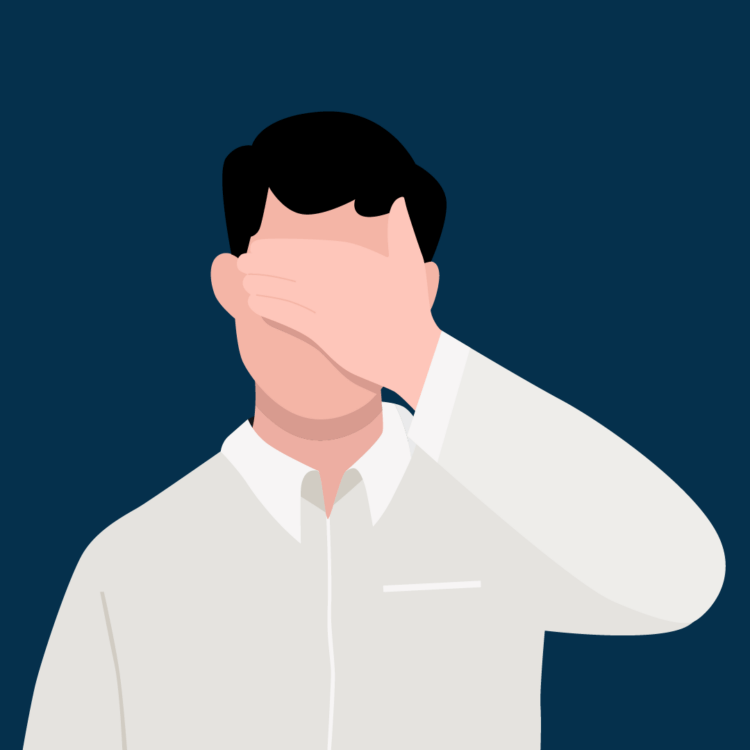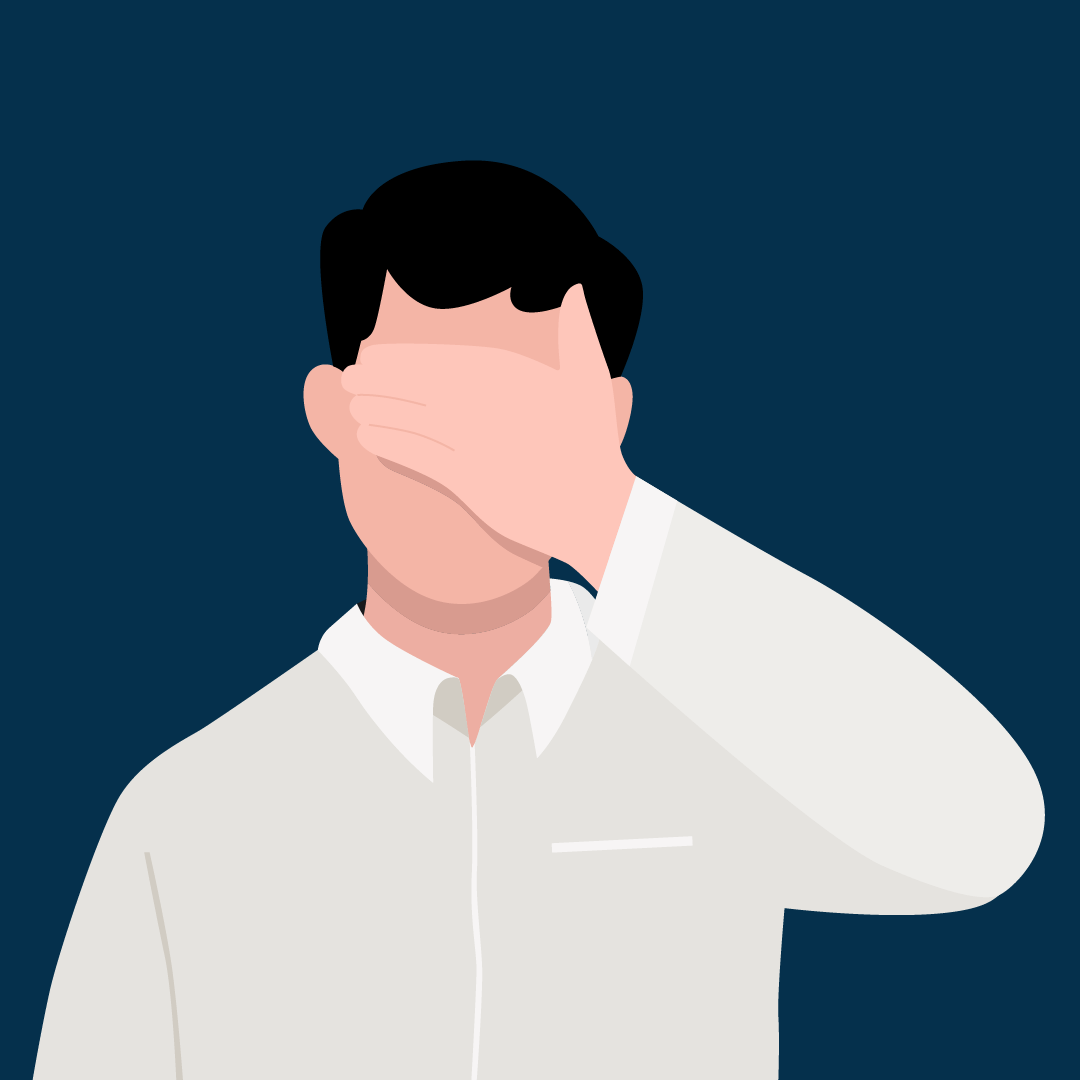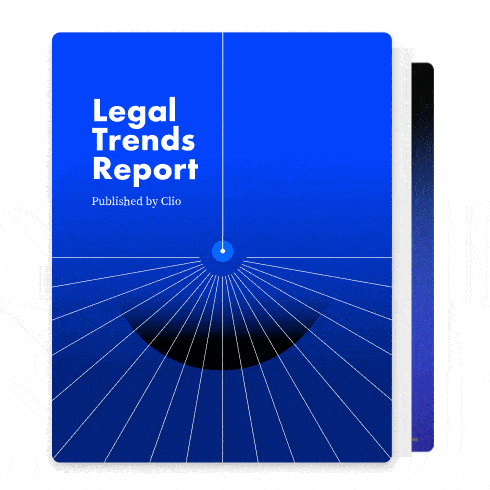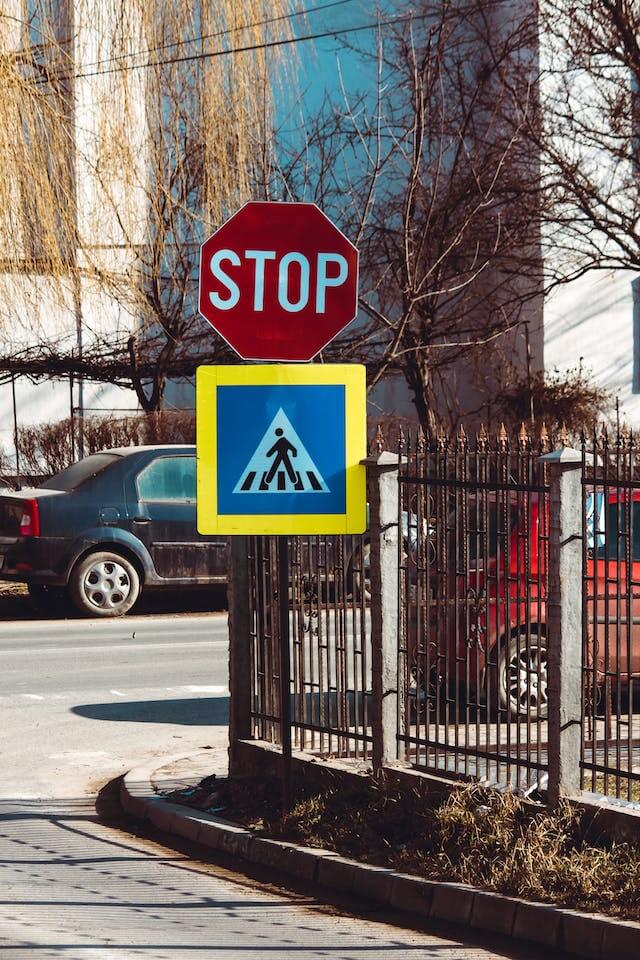Anyone practicing personal injury law can tell you that incidents causing injury, loss, and damages are a regular occurrence. But what’s the difference between ordinary negligence and gross negligence? And, when gross negligence occurs, how can lawyers effectively demonstrate that their clients’ injuries stem from a blatant disregard of the standard of care?
In this blog post, we’ll explore the essentials and nuances of gross negligence that lawyers need to know—from how to prove gross negligence to the best practices for proving injury.
While it’s crucial to know the specific guidelines applicable for gross negligence and proving injury in your jurisdiction, this post aims to give lawyers a foundational understanding of the fundamentals of gross negligence and best practices for proving injury.
What is gross negligence?
Negligence, in general, refers to acts of carelessness. However, gross negligence goes beyond mere oversight. Gross negligence is a reckless failure to meet a standard of care—resulting in harm and damages to the safety, life, or property of others—that is so great that it can be viewed as conscious and voluntary.
Gross negligence vs. ordinary negligence
The distinction between gross negligence and ordinary negligence is significant, particularly in personal injury cases. Put simply:
- Ordinary negligence occurs when someone fails to take reasonable care in a situation.
For example, a motorist who fails to turn on their headlights while driving at sunset could be considered to exhibit ordinary negligence.
- Gross negligence involves a greater degree of recklessness than ordinary negligence. As Cornell Law School’s Legal Information Institute (LII) explains, gross negligence “is a heightened degree of negligence representing an extreme departure from the ordinary standard of care.”
For example, a motorist who drives while heavily intoxicated with alcohol would be considered to exhibit gross negligence.
Because gross negligence is considered more damaging and willful than ordinary negligence, it typically results in more severe consequences and higher damages. And, if gross negligence can be proven, victims may also be able to seek punitive damages.
Proving injury due to gross negligence
As a lawyer, how do you establish injury in negligence for your clients—and how do you prove that someone has been grossly negligent?
As detailed further by the LII, to establish ordinary negligence, a lawyer must prove:
- The defendant owed a duty of care to the plaintiff.
- The defendant breached that duty of care.
- The breach of duty caused actual harm or losses to the plaintiff.
- The defendant’s actions were the direct (or a contributing) cause of the plaintiff’s harm or loss.
Gross negligence requires the same minimum conditions as ordinary negligence, plus a higher degree of intentionality or recklessness. To prove gross negligence, you must establish that someone was negligent, as described above, and that they consciously knew that their egregiously negligent actions could—or were likely to—cause someone harm.
While the potential for compensation is higher in gross negligence cases, proving injury due to gross negligence can be challenging and often requires a comprehensive combination of:
- Evidence, such as documents, photographs, video, and eyewitness reports.
- Expert testimony from medical professionals, accident reconstruction experts, and other professionals supporting the claim of gross negligence.
- Documentation, like medical records, damage assessments, and financial records.
Compensation for victims of gross negligence
The amount of compensation a victim of gross negligence may receive depends on factors including:
- Legal precedent and case law that may guide the amount of compensation awarded.
- The severity of injuries, as more extensive injuries often mean more compensation for medical and rehabilitation expenses.
- Economic damages, such as lost wages, property damages, and other financial losses.
- Non-economic harm, like emotional distress or pain and suffering.
- Punitive damages designed to punish and deter similar negligent behavior.
Of course, it’s important to note that there are specific legal requirements for pursuing compensation that may vary depending on your jurisdiction. Typically, gross negligence cases must meet certain legal requirements to pursue compensation for victims. These may include:
- Establishing that the defendant owed a reasonable duty of care to the victim and that they knowingly and recklessly breached that duty.
- Proving that the harm was caused to the victim directly by the defendant’s grossly negligent actions.
- Quantifying and documenting all damages to the victim.
Legal considerations in gross negligence cases
Even if a client has strong evidence of gross negligence in a personal injury case, there are additional legal considerations that can have a significant impact on the case’s outcome, such as:
Statute of limitations and filing deadlines
The victim’s case must be pursued in a timely manner, and within any applicable legal deadlines or statutes of limitations.
Comparative negligence
Proving gross negligence can be challenging, and it’s not always entirely one party’s fault. In cases of comparative negligence—where responsibility and damages for an accident can be assigned to multiple parties—the court may lessen the amount of recoverable damages for a plaintiff based on the degree of negligence of each party involved.
Best practices for building a strong gross negligence case
When building an effective case of gross negligence for your client, consider the following:
Gather and preserve evidence
A detailed investigation and evidence-collection process is integral to proving gross negligence.
Gather and preserve all evidence that can establish the facts of the case and prove injury caused by gross negligence, such as:
- Medical records about the extent of injuries
- Police reports and documentation of violations
- Photos, video evidence, or surveillance footage
- Specialist reports
- Communication records that prove awareness of risks or decision-making with negligent behavior
- Eyewitness testimony, witness statements, and accident reports
Work with expert witnesses
Experts—such as medical professionals, industry experts, or accident reconstruction specialists—may also be called upon to testify regarding gross negligence in personal injury cases. Expert testimony can help determine the severity of the negligence or the impact of injuries.
Effective documentation
Documentation of evidence and records—like medical records, insurance documents, and damage assessments—is crucial for proving the defendant’s egregious recklessness and gross negligence and establishing the extent of damages in gross negligence cases.
Best practices for documentation include:
- Preserve evidence. Obtain and keep relevant evidence like documents, photographs, and physical evidence.
- Keep records and documents organized and up to date. Store information like client treatment dates and corresponding medical records in a way that is organized and easy to access when needed.
- Ensure documentation is secure and that you are HIPAA compliant. Store sensitive documents (like medical records or personal health information) securely to stay compliant with HIPAA and any relevant data protection rules for your jurisdiction.
The right tools can make your documentation process more effective, efficient, and secure. Clio’s case management software for personal injury firms, for example, allows you to centralize case details, easily track records and expenses, and more—while also offering built-in HIPAA compliance.
You can read more about Clio for personal injury in this blog post.
Present a persuasive argument in court
Proving gross negligence can still be challenging, often because it depends on proving the defendant’s awareness of the extreme recklessness and potential harm of their actions. With this in mind, lawyers can use their collected documentation, evidence, and the testimony of experts to bring clear and persuasive arguments in court.
Final thoughts on building an effective gross negligence case
For victims suffering the consequences of another person’s extreme recklessness, pursuing a gross negligence case can be a complex decision. While gross negligence can be difficult to prove, lawyers who follow best practices, stay organized with their documents, and craft a persuasive argument can put their client’s best case forward in pursuit of the compensation that they seek.
Note: The information in this article applies only to US practices. This post is provided for informational purposes only. It does not constitute legal, business, or accounting advice.
Explore AI insights in our latest report
Our latest Legal Trends Report explores the shifting attitudes toward AI in the legal profession and the opportunities it brings for law firm billing, marketing, and more.
Read the report



